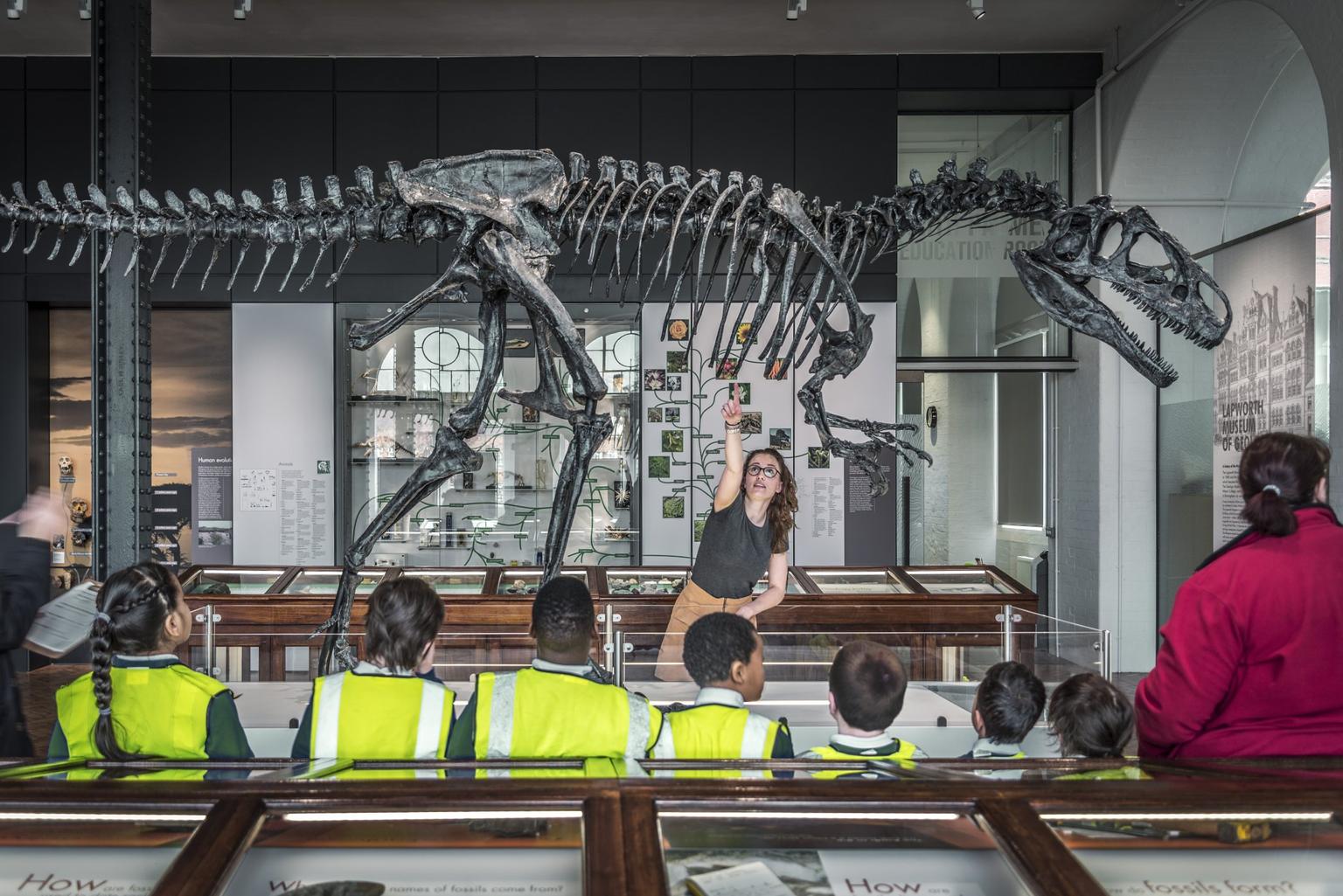Guide for teachers: How to demonstrate the value of school trips

School trips to museums enrich children’s learning – but it can be difficult to find the time or budget for them. Here are some top tips to help you make the case for museum visits to senior leadership.
I’ve recently been interviewing headteachers and senior leaders about cultural trips, including museums and galleries. When asked why they take their pupils on trips the answers tend to be the same: visits out of school add a dimension to a student’s education they cannot provide in school. For many, the school trip to a museum is doubly important as they know their students will not be accessing cultural organisations unless the school takes them.
Visits to museums and galleries embed curriculum learning and communicate knowledge in ways that cannot be achieved in school. Pupils access learning in a different and, for some children, more effective way than in the classroom. As one headteacher put it – trips help children know more and remember more, something Ofsted looks for when evaluating how well the curriculum is meeting children’s needs.
Trips are a vital way of reinforcing the curriculum. Children will learn a lot from a memorable day.
School trips are a way of enriching children’s life experience. Trips out provide real-world learning for subjects like maths. They are also a way of scaffolding learning about navigating the real world for students – how to behave in unfamiliar spaces, on public transport, in a gallery, and how to travel outside of their neighbourhoods. Teachers cite the importance of trips for building students’ confidence, teamwork and relationships.
Teachers use museum visits sometimes as a stimulating start to a topic, but more frequently as an end-of-topic tool to revisit and embed existing knowledge and develop greater depth. Everyone has been clear that these benefits happen when visits are a planned element in your curriculum that link clearly to curriculum aims and objectives.
That doesn’t mean trips as a ‘reward’ are not offered, and headteachers see the value in these trips as part of a broad curriculum that develops cultural capital. Even when there isn’t a specific curriculum link, visits to a national museum like the British Museum in London, the National Railway Museum in York or National Galleries Scotland in Edinburgh are recognised as fundamental experiences every child should have as part of their education.
How you can advocate for school visits to museums and galleries
Outline the value of school trips
99% of teachers believe UK museums, galleries and historic houses are places of inspiration and learning.
As well as being enjoyable and memorable, visits to museums and galleries can have a range of beneficial outcomes for pupils. They:
Support wellbeing
Develop cultural capital
Improve pride and sense of place
Increase critical thinking skills
Use these five top tips to get the most out of museum and gallery visits:
Make explicit links between your curriculum and what the museum is offering. Speak to the schools team in the museum. Perhaps they can tailor a workshop to your curriculum?
Use every part of the trip to deliver the curriculum. For example, get your students to plan the journey (maps, distance and time) – you have now done some geography field work. Planning the cost of the trip – that is everyday maths.
Find out what cultural capital your school has decided your students need to develop. Go to a museum that can develop this. Perhaps the act of going to a cultural institution will, in itself, develop cultural capital your students do not currently have?
Cut transport costs by walking to local museums or heritage sites. Find local museums using the Art Fund map.
Ask museums for example risk assessments to cut your admin time. They will have already created these for schools to use.